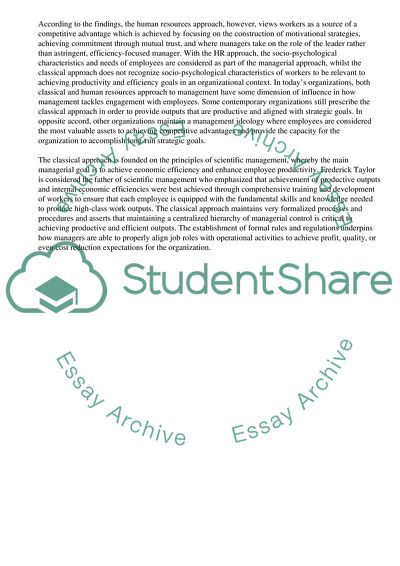Cite this document
(“The influence of classical and human relations Essay”, n.d.)
Retrieved from https://studentshare.org/management/1661493-critically-evaluate-the-influence-of-classical-and-human-relations-approaches-in-management-today
Retrieved from https://studentshare.org/management/1661493-critically-evaluate-the-influence-of-classical-and-human-relations-approaches-in-management-today
(The Influence of Classical and Human Relations Essay)
https://studentshare.org/management/1661493-critically-evaluate-the-influence-of-classical-and-human-relations-approaches-in-management-today.
https://studentshare.org/management/1661493-critically-evaluate-the-influence-of-classical-and-human-relations-approaches-in-management-today.
“The Influence of Classical and Human Relations Essay”, n.d. https://studentshare.org/management/1661493-critically-evaluate-the-influence-of-classical-and-human-relations-approaches-in-management-today.


